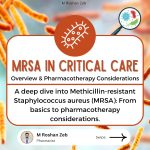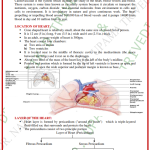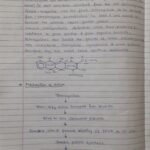1
Contents: 2
Introduction
Drug Approval In United States
Drug Approval In Europe
Approval Of New Drug In India
Conclusion
References
INTRODUCTION: 3
Currently different countries have to follow different
regulatory requirements for approval of new drug. For
marketing authorization application (MAA) a single
regulatory approach is applicable to various countries is
almost a difficult task. Therefore it is necessary to have
knowledge about regulatory requirement for MAA of each
country.
The Basic Regulation: 4
Drug Approval in United States: 5
The United States has perhaps the world’s
most stringent standards for approving new
drugs. Drug approval standards in the United
States are considered by many to be the
most demanding in the world.
Investigational New Drug (IND) Application:
6
It’s an application filed to the FDA in order to start clinical trials in humans if the
drug was found to be safe from the reports of Preclinical trials. A firm or
institution, called a Sponsor, is responsible for submitting the IND application. A
pre – IND meeting can be arranged with the FDA to discuss a number of issues:
The design of animal research, which is required to lend support to the clinical
studies
The intended protocol for conducting the clinical Trial.
The chemistry, manufacturing, and control of the investigational drug .
Such a meeting will help the Sponsor to organize animal research, gather
data, and design the clinical protocol based on suggestions by the FDA.
7
Flow chart of Investigational New Drug
Application :
8
New Drug Application (NDA) : 9
If clinical studies confirm that a new drug is relatively safe
and effective, and will not pose unreasonable risks to
patients, the manufacturer files a New Drug Application
(NDA), the actual request to manufacture and sell the
drug in the United States.
10
Flow chart of New Drug Application:
11
Abbreviated New Drug Application 12
(ANDA) :
It’s an application made for approval of Generic Drugs.
The sponsor is not required to reproduce the clinical studies
that were done for the original, brand name product.
Instead, generic drug manufacturers must demonstrate
that their product is the same as, and bioequivalent to, a
previously approved brand name product.
13
Flow chart of Abbreviated New Drug
Application:
14
Drug Approval in Europe : 15
Similar to the US requirements, there are two regulatory steps to
go through before a drug is approved to be marketed in the
European Union. These two steps are clinical trial application
and marketing authorization application. There are 28 member
states in the European Union (as of July, 2013); Clinical Trial
Applications are approved at the member state level, whereas
marketing authorization applications are approved at both the
member state and centralized levels.
Centralized procedure :
16
The centralized procedure is one which allows applicants to obtain a marketing
authorization that is valid throughout the EU.
Results in a single authorization valid in EU, Norway, Iceland and Liechtenstein.
Application evaluated by an assigned Rapporteur.
Timeline: EMA opinion issued within 210 days, and submitted to European Commission for
final approval.
Centralized process is compulsory for:
Those medicines which are derived from any biotechnology processes, such as genetic
engineering.
Those medicines which are intended for the treatment of Cancer, HIV/AIDS, diabetes,
neurodegenerative disorders or autoimmune diseases and other immune dysfunctions.
Medicines officially designated ‘Orphan medicines’ (medicines used for rare diseases).
Flow chart of Centralized Procedure :
17
Mutual Recognition Procedure : 18
The Mutual Recognition procedure allows applicants to obtain a marketing authorization in
the Concerned member states (CMS) other than the Reference member state (RMS),
where the drug is previously approved.
Applicant submits identical dossier to all EU member states in which they want marketing
authorization, including required information.
As soon as one Member State decides to evaluate the medicinal product (at which point it
becomes the “RMS”), it notifies this decision to other Member States (which then become
the “CMS”), to whom applications have also been submitted.
RMS issues a report to other states on its own findings.
Generic industry is the major user of this type of drug approval procedure.
This process may consume a time period of 390 days.
Flow chart of Mutual Recognition
19
Procedure :
Nationalized Procedure : 20
The Nationalized procedure is one which allows applicants to obtain a
marketing authorization in one member state only.
In order to obtain a national marketing authorization, an application
must be submitted to the competent authority of the Member State.
New active substances which are not mandatory under Centralized
procedure can obtain marketing authorization under this procedure.
Timeline for this procedure is 210 Days.
Decentralized procedure: 21
Using this procedure, companies may apply for authorization
simultaneously in more than one EU country for products that have
not yet been authorized in any EU country and essentially do not fall
within the centralized procedure’s essential drugs list.
Based on the assessment report which is prepared by the RMS & any
comments made by the CMS, marketing authorization should be
granted in accordance with the decision taken by the RMS & CMS in
this decentralized procedure.
Generally used for those products that has not yet received any
authorisation in an EU country.
Time: 210 days.
Flow chart of Decentralized Procedure
22
:
Approval of new drug in India:
23
When a company in India wants to manufacture/import a new drug it has to apply to
seek permission from the licensing authority (DCGI) by filing in Form 44 also submitting
the data as given in Schedule Y of Drugs and Cosmetics Act 1940 and Rules 1945. In
order to prove its efficacy and safety in Indian population it has to conduct clinical trials
in accordance with the guidelines specified in Schedule Y and submit the report of such
clinical trials in specified format.
But a provision is there in Rule – 122A of Drugs and Cosmetics Act 1940 and Rules 1945
that the licensing authority may waive certain trails if he considers that in the interest of
public health he may grant permission for import of new drugs basing on the data of
the trials done in other countries. Similarly there is another provision in Rule – 122A which
says that the clinical trials may be waived in the case of new drugs which are
approved and being used for several years in other countries.
24
Section 2.4 (a) of Schedule Y of Drugs and Cosmetics Act 1940 and Rules 1945 says for
those drug substances which are discovered in India all phases of clinical trials are
required.
Section 2.4 (b) of Schedule Y of Drugs and Cosmetics Act 1940 and Rules 1945 says that
for those drug substances which are discovered in countries other than India; the
applicant should submit the data available from other countries and the licensing
authority may require him to repeat all the studies or permit him to proceed from Phase
III clinical trials.
Section 2.8 of Schedule Y of Drugs and Cosmetics Act 1940 and Rules 1945 says that the
licensing authority may require pharmacokinetic studies (Bioequivalence studies) first to
show that the data generated in Indian population is equal to data generated abroad
and then require him to proceed with Phase III trials.
In summary, the exact requirements of Clinical trials may change from case to case
and depend on the extent to which licensing authority is satisfied about its safety and
efficacy.
The process of approval of new drug in India is a very complicated process, which
should meet necessary requirements along with NDA to FDA. The need of the present
work is to study and document the requirements for the process of approval of new
drug in India with emphasis on clinical trials as per Drugs Control department,
Government of India.
New Drug Application (NDA): 25
NDA is an application submitted to the FDA for permission to market a new drug. To obtain
this permission a sponsor submits preclinical and clinical test data to NDA for analyzing the
drug information, description of manufacturing procedures.
After NDA received by the agency, it undergoes a technical screening. This evaluation
ensures that sufficient data and information have been submitted in each area to justify
“filing” the application that is FDA formal review. At the conclusion of FDA review of an
NDA, there are 3 possible actions that can send to sponsor:
Not approvable- In this letter list of deficiencies and explain the reason.
Approvable – It means that the drug can be approved but minor deficiencies that can be
corrected like- labelling changes and possible request commitment to do post-approval
studies.
Approval- It state that the drug is approved.
If the action taken is either an approvable or a not approvable, then FDA provides
applicant with an opportunity to meet with agency and discuss the deficiencies.
26
Flow chart of Drug approval process in
India:
27
Principle differences between US, EU &
28
INDIA:
Administrative Requirements:
29
Conclusion: 30
The Drug approvals in the US, Europe & India are the most demanding in the
world. The primary purpose of the rules governing medicinal products in US,
Europe & India is to safeguard public health. It is the role of public regulatory
authorities to ensure that pharmaceutical companies comply with
regulations.
There are legislations that require drugs to be developed, tested, trailed,
and
manufactured in accordance to the guidelines so that they are safe and
patient’s
well – being is protected.
Reference :
31
1. Rick NG. Drugs from discovery to approval. 2nd ed. John Wiley & Sons, Inc.; 2008. p. 201202.
2. IRA RB, Robert PM. The Pharmaceutical Regulatory Process. 2nd ed. Informa healthcare; 2008.
3. Clinical Trial & Global Clinical Trial .Available from: http://cdsco.nic.in/clinical_trial.htm.
4. The New Drug Approval Process .Available from: http://www.fda.gov/cder/handbook.
5. CDER Guidance: IND application process (interactive session).Available from:
www.fda.gov/cder/regulatory/applications/ind_ page_1.html
6. Guidance for industry on preparation of common technical document for import/
manufacture and marketing approval of new drugs for human use. (NEW DRUG
APPLICATION–NDA) Available from: http://cdsco.nic.in/CTD_Guidance%20Final.pdf.
32










